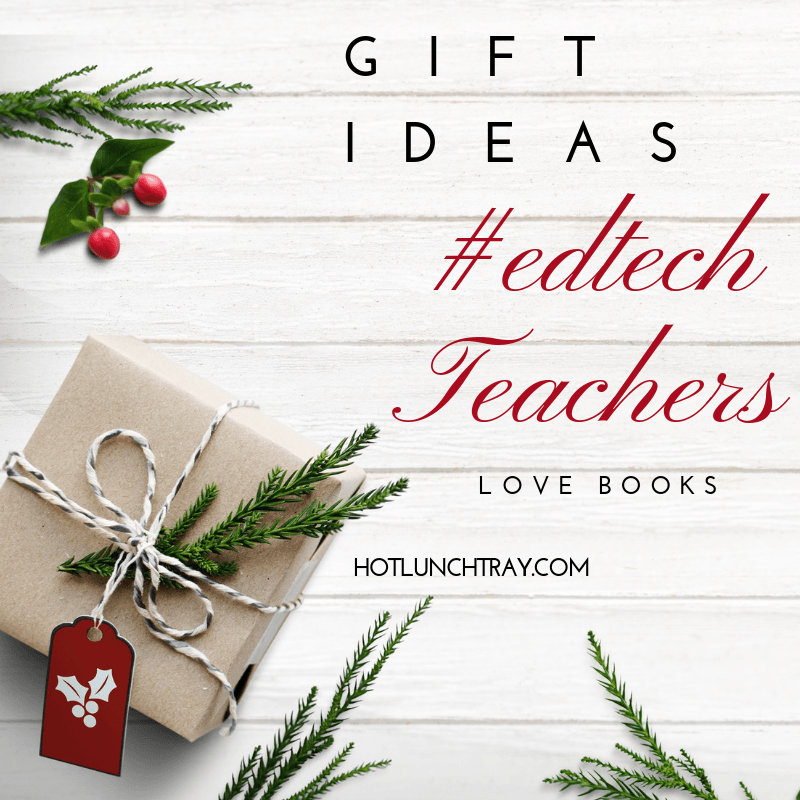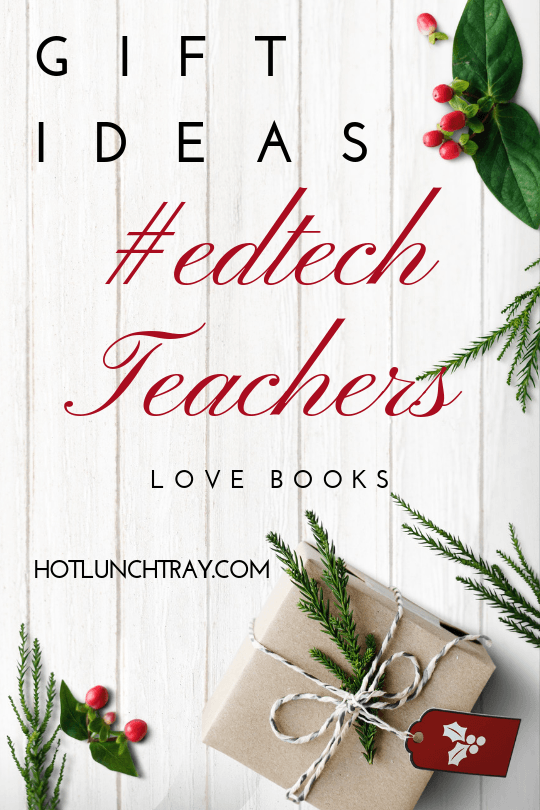Teachers just love to learn. And just because we are interested in gadgets, online learning, and technical solutions, do not make the mistake of thinking we don’t love a good book! Right now I am deep into Blended Learning. I have just completed a workbook for teachers on Blended Learning for a friend’s course. I am working hard with my colleagues to put in place long-term structures to support Blended Learning over Technology Integration. I am basically geeking out on this right now.
If you know an #edtech coach, instructional coach, any leader at the school who is into this type of work I have a nice book list for you! Consider also clicking through my affiliate links within my descriptions of who these books would be perfect for:
For the elementary teacher-leader into using technology thoughtfully in the classroom, consider Jayme Linton’s book The Blended Learning Blueprint for Elementary Teachers. The text is informative and plainly written, but the tables are super useful to walk a grade level, or school, through the concept of what Blended Learning is and what it does/can look like in a classroom setting.
For the vision-casters at school, Horn & blue Tucker I recommend two books. The first is at the epicenter of this topic, the book from The Christensen Institute authored by Michael B. Horn and Heather Staker. Blended: Using Disruptive Innovation to Improve Schools. This 2012 work has influenced all Blended Learning efforts since it’s early publication; this work has come to typify the definition of Blended Learning in the educational world. If you have not read it, you need to. Consider a reread with this using the workbook I mention below.
The second book is by Catlin Tucker, Power Up Blended Learning: A Professional Learning Infrastructure to Support Sustainable Change which walks school and district leaders through how to launch an initiative to educate and support classroom teachers in trying Blended Learning. This is a great read in advance of an August/September start date.
For the professional learning geek at the school, I have two recommendations. The first is the workbook to accompany the book from The Christensen Institute by Michael B. Horn and Heather Staker, The Blended Workbook: Learning to Design the Schools of our Future. Even if you have already read the 2012 seminal work, consider a re-read to accompany this workbook. And enjoy the worksheet pages as an easy way to bring your staff along on the journey.
The second book is by Blended Learning in Action: A Practical Guide Toward Sustainable Change also by Catlin Tucker. This book is my personal favorite. The chapters are great to stand alone, and many have accompanying overviews on YouTube. At the end of the chapters talking about specific techniques, Catlin offers common objections and possible solutions, which is a practical thing only a teacher thinks to do.
Specifically for secondary/6-12 grade teachers, consider one of Catlin Tucker’s earlier books, Blended Learning in Grades 4–12: Leveraging the Power of Technology to Create Student-Centered Classrooms, which addresses the grade levels which have offered the highest rates of adoption of Blended Learning. This would be a good book if you have teachers open to this idea in these grade bands and want to concentrate on them to build your movement through a school. An obvious, yet older companion to Jayme Linton’s elementary version.
Teachers challenged by how to best use one-to-one technology should check out the series of Flipped Learning books by Jon Bergmann. I suggest starting with Flipped Learning: Gateway to Student Engagement and working your way through the series. Also, consider his online certification for some more detail and to hear him explain these examples face-to-face, sort of.
Happy Holidays & Happy Reading!







2018-11-29 at 8:00 pm
Great gift idea.